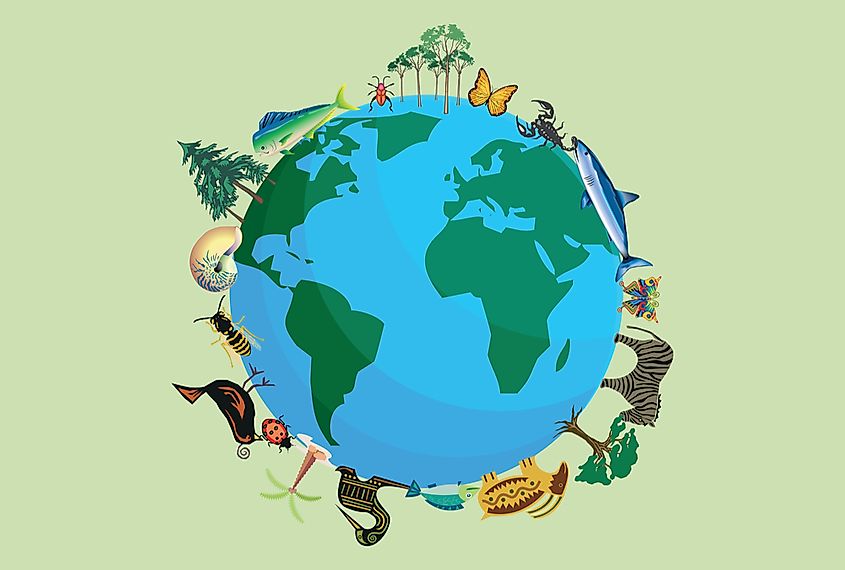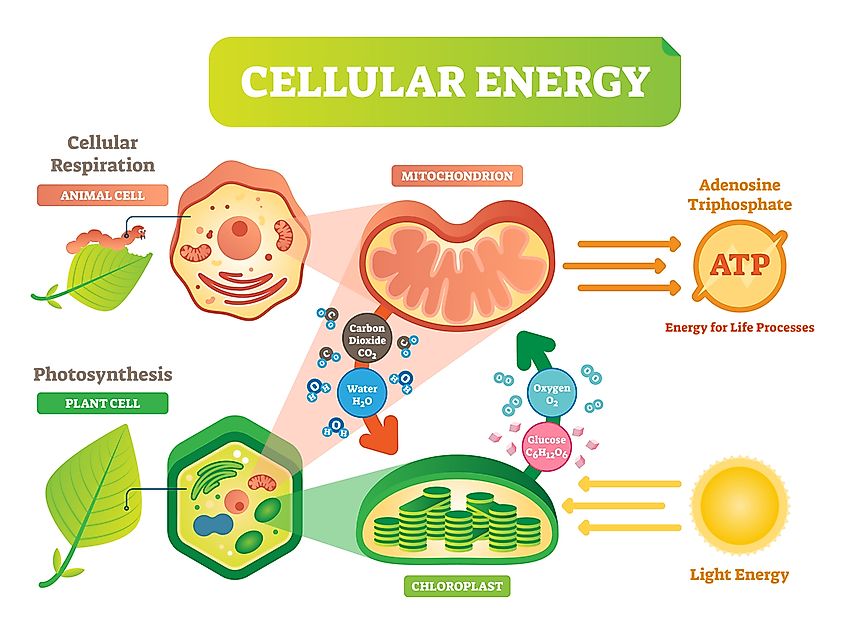How Does Energy Flow Through An Ecosystem?

- Energy flows through the ecosystem through different levels, starting with the process of photosynthesis.
- The process ends when the carnivores die and get decomposed, thereby becoming food for plants and starting the cycle again.
- Since the energy gets used up throughout the entire cycle of flowing through the ecosystem, it cannot be recycled.
Energy is the force that keeps us alive. We get energy from various sources, food, for example. We use energy to function in our everyday lives, but humans, as a civilization, also use forms of energy to keep society functioning. We get that energy from different sources such as nuclear fuel, fossil fuels, or renewable energy.
Energy flows in a cycle, and that cycle is founded on the way the energy flows through various trophic levels in an ecosystem. The ecosystem we live in is preserved by the energy that keeps cycling and the nutrients we acquire from other external sources.
The Multiple Levels Of Energy Flow
The flow of energy through our ecosystem happens through multiple levels. The first trophic level is made up of producers that use solar energy and the process of photosynthesis to create organic material. Those producers are plants, and they play a part in the second trophic level. What happens in the second trophic level is that the herbivores use those plants as food, which then provides them with energy. This energy is mostly used for maintaining essential bodily functions. Those functions include food digestion, breathing, growth of tissues, and body temperature, and blood circulation maintenance.

The next trophic level of the flow of energy through an ecosystem includes carnivores. They feed on the herbivores from the previous level and use them for energy that maintains their growth and sustenance. It doesn’t stop there, because smaller carnivores can be eaten by larger predators, which makes this level more complicated in some cases. But the important thing to note is how different animal species and plants are linked by being a part of the food chain. Once the animal dies, it is decomposed by bacteria, fungi, and different insects, thereby returning the nutrients to the ground. Those nutrients are taken up by the plants again. The energy gets released during the process of decomposition; it cannot be recycled.
Why Is Energy Not Recyclable?
By examining the previous explanation of how the energy flows through the ecosystem, it is easy to determine why we cannot recycle energy. Plants convert solar energy through photosynthesis, and that energy is then used by organisms that eat the plants. By eating the plants, they receive the necessary energy for their everyday life. They use up that energy for various activities, and some of the energy is even lost as heat in the process of consumption.

The majority of energy that starts from plants gets used up by various organisms through food consumption. Once we advance several steps forward into the food chain, most of the energy is gone, and there is nothing to recycle. The process itself is far more complicated, but the gist of it is as simple as we described here. By transferring the energy from one organism to another, it gets exhausted, and nothing is remaining that could potentially be recycled to create fresh energy. On the other hand, nutrients are recyclable, and their cycle is also an important process in nature. However, they are not considered energy, just chemicals that different organisms use to survive.











